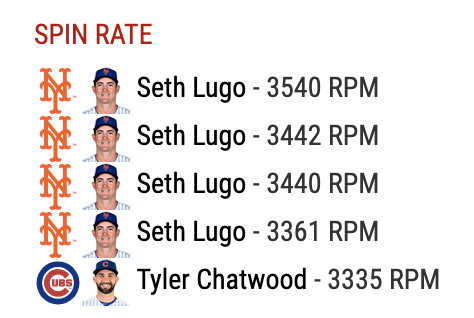Job Posting: Mets Dominican Republic Academy Integration Analyst
Position: Integration Analyst, Dominican Republic Academy
Location: Dominican Republic
Summary:
The New York Mets are seeking an analyst to integrate data from new technology into the operation of the International Scouting & Player Development departments. This individual will work closely with scouts and coaches at the New York Mets Academy in the Dominican Republic in order to optimize the integration of this data into the day-to-day operations of each department.
Essential Duties & Responsibilities:
- Collaborate with scouts, coaches, strength and conditioning staff, research and development staff, and front office to implement and improve scouting/player development initiatives at the Mets Dominican Academy
- Implement new systems and technologies alongside scouting/player development staff
- Develop/apply new tools for player improvement, and implement those alongside the coaching staff
- Create targeted development plans for each player alongside coaches, strength and conditioning staff, research and development staff, and front office
- Research and suggest new ideas to scouts, coaches, strength and conditioning staff, research and development staff, and front office to improve the scouting/development operation in the Dominican Republic
Requirements:
- Interest and desire to improve a Major League club in its scouting/player development operation
- Ability to communicate with staff across the organization
- Disposition and ability to teach scouts/coaches about new technologies and initiatives
- Flexibility to travel
- Mindset/desire to learn
- Fluency in Spanish
- Preferred experience with SQL and R
To Apply:
To apply, please complete the application that can be found here.
The content in this posting was created and provided solely by the New York Mets.

